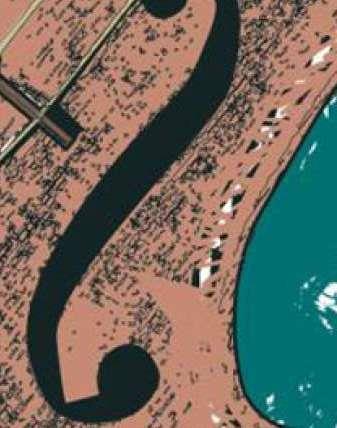Should the world's top violins, violas and cellos always be available for playing? No, says Philip Kass. Some are simply too precious to be exposed to destructive human hands

The Stradivari exhibition in Cremona at the end of September brought to the fore the age-old question of whether top-of-the-line classical stringed instruments are art objects or items of utility. The exhibition contained five of Stradivari’s decorated violins, instruments that stand among the most exquisite examples of his art. It is these instruments that most clearly bring the art versus utility issue to mind.
The violins on hand were the ‘Sunrise’ and ‘Hellier’ from the Axelrod Collection; the ‘Cipriani Potter’ from the Ashmolean in Oxford; and the ‘Ole Bull’ and ‘Greffuhle’ from the Axelrod decorated quartet at the Smithsonian Institution in Washington DC. There was also a table from the same period as the ‘Ole Bull’, from the Beare collection. These represent half of the surviving decorated Stradivaris.
Each violin was displayed in its own case, gently but adequately illuminated. They were set in roughly chronological order, so that visitors could follow the master’s development of design and iconography, as well as his very sophisticated inlay technique. The longer I admired them, though, the more apparent it became that these are no ordinary violins, but rather presentation pieces, aesthetic calling cards, perhaps, but definitely not something you take to the orchestra every week. Whatever their acoustic qualities, the importance of these instruments is their extraordinary decoration, which, combined with their rarity, turns them into priceless heirlooms. They were created for kings and emperors, for courtly purposes and occasions, and not for the usual wear and tear, as heavy use would have damaged them – something the orphaned table made chillingly apparent. Consider how easily one could lose those delicate inset pieces of ivory, held in place by nothing but glue and ashes, or the decorative filigrees that cover the ribs and scrolls, completely vulnerable once their protective varnish wears off.
It thus made the absence of one instrument, the ‘Rode’ of 1722, that much more unforgivable, for this instrument, the last of Stradivari’s decorated ones, is presently being loaned to a musician for active performance. The ‘Rode’ is also important because its decorations are unique: rather than being inlaid, they are painted on, and thus more subject to erosion from even mild usage. Heavy use will quickly wear them away, and indeed this is already happening, as is painfully clear from the photos in the catalogue. Heavy use damages exactly those qualities that make this violin so unique and so precious. One would not rent out Saint Peter’s for parties, nor lend the Crown Jewels to strangers – why should this violin be different? Anyway, there is an ample number of Stradivaris available for concert use.
I could also not help thinking of the ‘Spanish quartet’, the other absentee, since it contains Stradivari’s only decorated viola and cello. These instruments are used on occasions, but under very controlled circumstances, and only in the Palacio Real in Madrid, which is understandably wary of allowing them out of its care and which can carefully supervise their use in the city. This is probably exactly the kind of usage their maker intended.
In some respects, this parallels innumerable arguments about instruments in museums. ‘They should be played,’ people will say, and I always respond, ‘Not always.’ Just a bare handful of undecorated Stradivaris, like the ‘Messiah’, the ‘Lady Blunt’ and a few esteemed others, remain in pristine condition, revealing to us the visual experience that past generations took for granted. Any instrument that still possesses that level of originality should be kept that way, otherwise there will be nothing left of what we thought was so significant about these treasures to show to our descendants. As a Midwestern friend so aptly puts it, ‘You don’t eat your seed corn.’
I can also testify that, in my 35 or so years in the world of fine violins, the degree of attrition due to accidents, abuse, irresponsible repairs and restorations, and normal wear and tear is simply appalling. Consider that, once upon a time, they all looked like the ‘Lady Blunt’ or the ‘Messiah’ and that, if they all still looked that way, we might not even notice these instruments. But the fact is that they are among a paltry few that still resemble what they all once were. Thank goodness there are a few tucked away in museums, keeping them out of our destructive human hands.
First published in The Strad, December 2011. Download the digital edition of the issue here or subscribe to the magazine to get regular features about instrument expertise.








































No comments yet